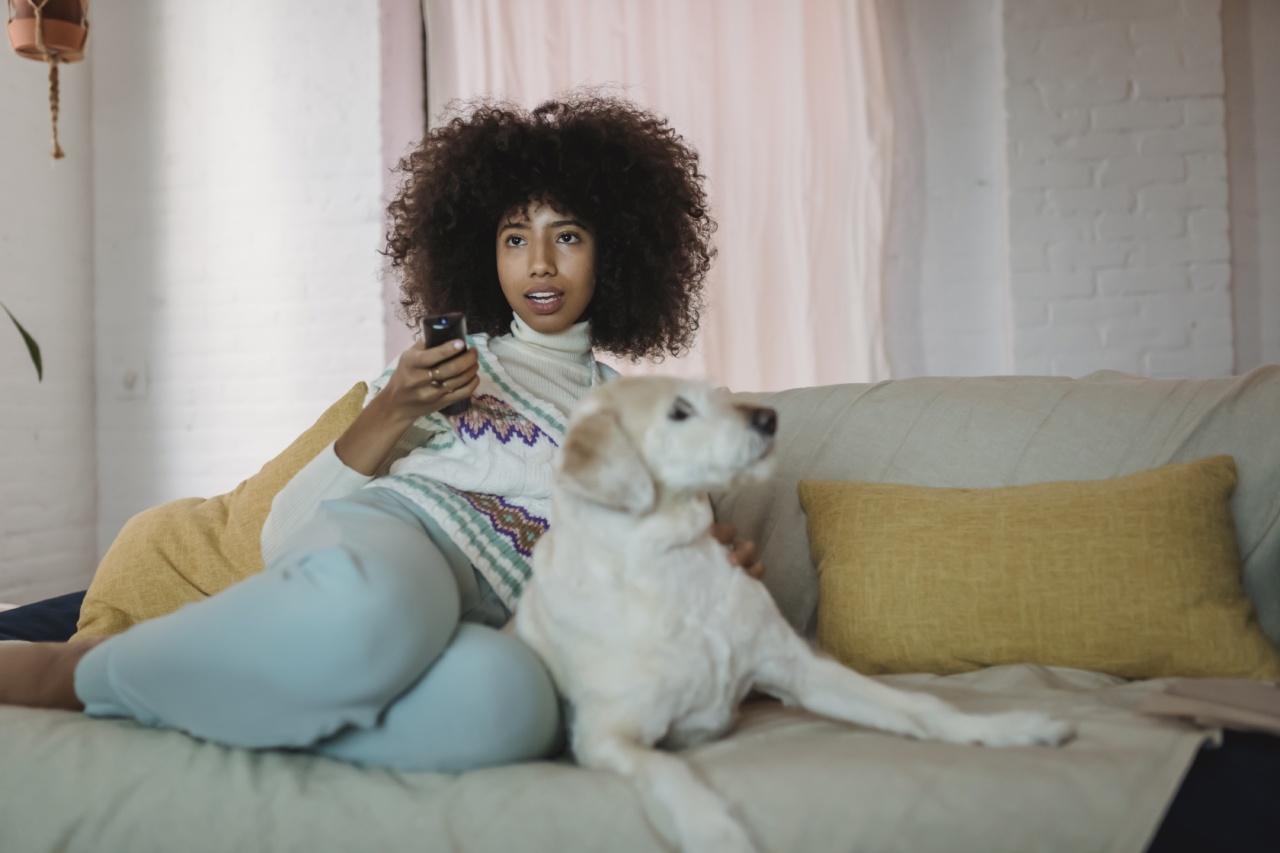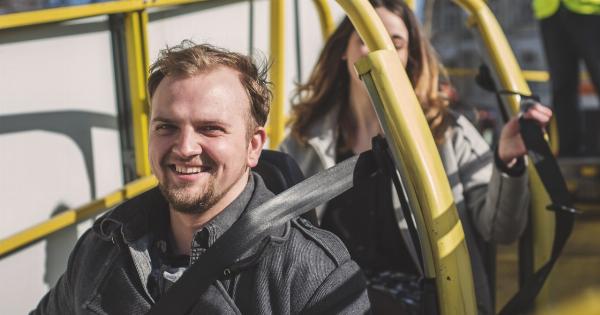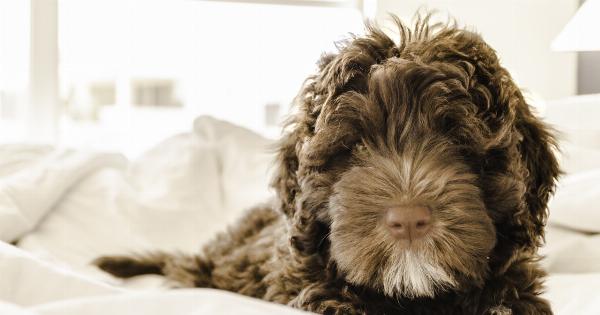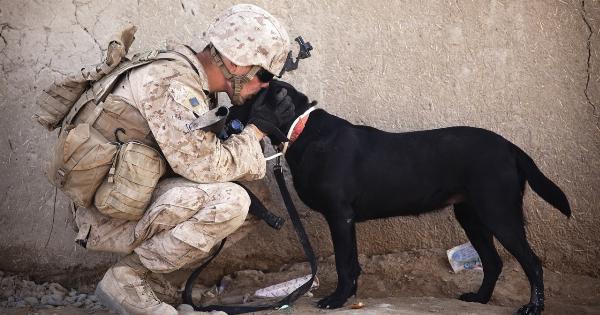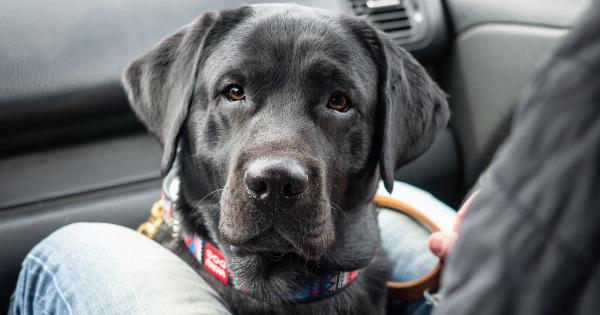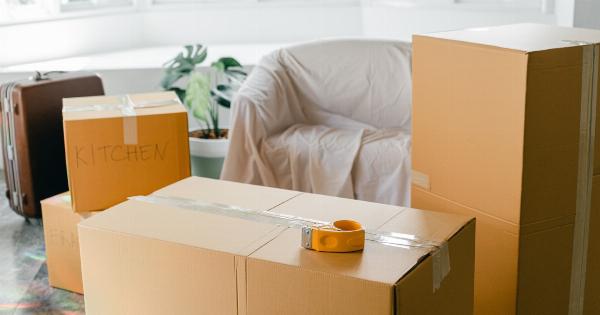Traveling with a dog can be an enjoyable experience, but it can also be stressful when your furry friend is overly excited and anxious during the journey. It can make the journey long and tiring not only for you but also for your canine companion.
In this article, we’ll be discussing some tools and techniques you can use to calm your overly excited canine passenger and make the journey more enjoyable for both you and your pup.
1. Calming Aids
Calming aids can be useful in reducing anxiety in dogs when traveling. These aids come in various forms, including pheromone sprays, collars, and diffusers. One of the popular calming aids is the Adaptil pheromone diffuser.
It’s a synthetic replica of the pheromone that nursing mother dogs produce to help their pups feel safe and secure. This diffuser helps calm down anxious dogs by creating a calming and relaxing environment during travel. Other calming aids that can be useful include essential oils, such as lavender, chamomile, and valerian that have calming effects on dogs.
2. Exercise Before Travel
Exercising your dog before traveling can help reduce anxiety and calm them down. Dogs are naturally active beings, and if they haven’t expended enough energy, they can become restless and hyperactive, making the journey more challenging.
Take your dog out for a walk or jog before the journey to help them burn off excess energy, reduce stress and calm them down.
3. Use a Familiar Blanket or Toy
A familiar blanket or toy can help your dog feel more comfortable and secure during travel. Dogs feel safe and secure when they are surrounded by familiar scents and objects that they associate with their home environment.
Place a familiar blanket or toy in their crate or travel carrier to help them feel at home during the journey.
4. Car Restraint Systems
Car restraint systems, such as seat belts and car seats, can help keep your dog safe and secure during travel and reduce their anxiety levels. Dogs can become anxious when they are not confined properly in the car and can move around freely.
This movement can be unsettling for them, leading to nervousness and hyperactivity. Using a car restraint system can help reduce the dog’s movement, making the journey more calming for them.
5. Crate Training
Crate training can help your dog feel comfortable and secure during travel. Dogs have a natural instinct to find a small and safe space to rest, and a crate can provide them with that sense of security during travel.
Ensure that the crate is the right size for your dog, comfy and cozy, and provide them with enough ventilation, water, and food for the journey. At the same time, make sure that the crate is safely secured in the car and that your dog is not bouncing around.
6. Calm Energy Environment
Dogs are highly responsive to energy and body language. If you’re nervous and restless, your dog can pick up on that, getting anxious and restless as well.
It’s essential to create a calm energy environment to help your dog stay calm and relaxed during the journey. Play calming music, talk in a soft and gentle tone, and avoid any sudden movements or loud noises that can agitate your dog.
7. Reward-Based Training
Reward-based training is an effective way of managing your dog’s behavior during travel. Positive reinforcement encourages good behavior and creates a sense of pleasure and satisfaction in dogs.
Use treats, verbal praise, and affection to reward good behavior, such as sitting quietly in their crate or staying calm during travel. This technique reinforces good behavior and reduces hyperactivity, leading to a calm and enjoyable trip for both you and your dog.
8. Time the Feeding Schedule
Timing the feeding schedule of your dog can play a big part in calming their anxiety levels during travel. Feed your dog at least two hours before the journey to avoid any digestive distress that can make them nervous and restless.
It’s also essential to reduce the amount of food and water given before travel to avoid any accidents or discomfort during the journey.
9. Medications
In some cases, medications may be essential to calm down an overly excited, anxious, or nervous dog during travel. Consult with your vet before giving any medication to your dog, as not all medications are safe for use in dogs.
Your vet can recommend appropriate medications and dosages based on your dog’s health and age, and they can also give you advice on the best time to give the medication before travel.
10. Avoid Overstimulation
Overstimulation, such as too much attention, playing, or excitement, can lead to hyperactivity and anxiety in dogs during travel. Avoid overstimulating your dog by limiting access to playtime, toys, and attention during the journey.
Instead, provide them with a calm and comforting environment that will help them relax and enjoy the journey.
